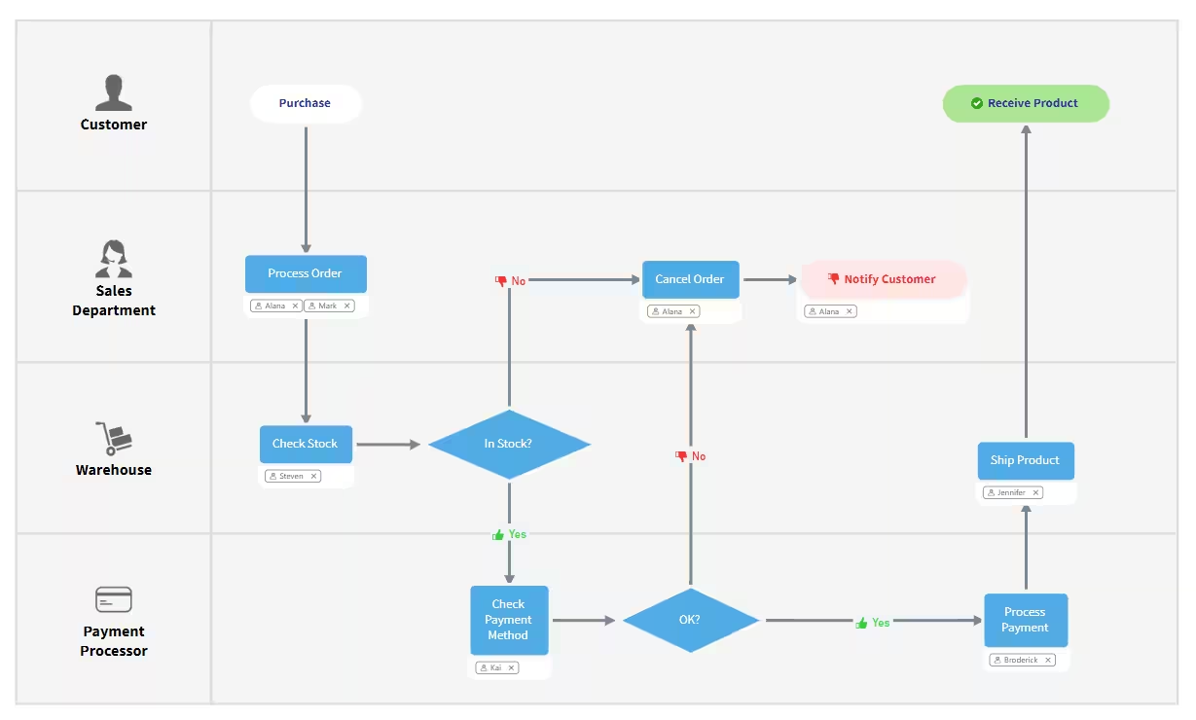New Paragraph
Creating Shared Vision
A shared vision, especially one that is intrinsic, uplifts people’s aspirations. Work becomes part of pursuing a larger purpose embodied in the organizations’ services.
Senge, Peter M
A shared vision, especially one that is intrinsic, uplifts people’s aspirations. Work becomes part of pursuing a larger purpose embodied in the organizations’ services.
Senge, Peter M. - The Fifth Discipline (p. 263). Crown. Kindle Edition.
Visions are exhilarating. They create the spark, the excitement that lifts an organization out of the mundane.
Shared visions compel courage so naturally that people don’t even realize the extent of their courage. Courage is simply doing whatever is needed in pursuit of the vision.
You cannot have a learning organization without shared vision. Without a pull toward some goal which people truly want to achieve, the forces in support of the status quo can be overwhelming. Vision establishes an overarching goal. The loftiness of the target compels new ways of thinking and acting. A shared vision also provides a rudder to keep the learning process on course when stress develops. Learning can be difficult, even painful. With a shared vision, we are more likely to expose our ways of thinking, give up deeply held views, and recognize personal and organizational shortcomings. All that trouble seems trivial compared with the importance of what we are trying to create. As Robert Fritz puts it, “In the presence of greatness, pettiness disappears.” In the absence of a great dream, pettiness prevails.
Shared vision fosters risk taking and experimentation. When people are immersed in a vision, they often don’t know how to do it. They run an experiment. They change direction and run another experiment. Everything is an experiment, but there is no ambiguity. It’s perfectly clear why they are doing what they are doing. People aren’t saying “Give me a guarantee that it will work.” Everybody knows that there is no guarantee. But the people are committed, nonetheless.
Lastly, shared vision addresses one of the primary puzzles that has thwarted efforts to develop systems thinking in management: “How can a commitment to the long term be fostered?” For years, systems thinkers have endeavored to persuade managers that, unless they maintain a long-term focus, they will be in big trouble. With great vigor we have proselytized the “better before worse” consequences of many interventions, and the “shifting the burden” dynamics that result from symptomatic fixes. Yet, I have witnessed few lasting shifts to longer term commitment and action. Personally, I have come to feel that our failure lies not in unpersuasiveness or lack of sufficiently compelling evidence. It may simply not be possible to convince human beings rationally to take a long-term view. People do not focus on the long term because they have to, but because they want to.
In every instance where one finds a long-term view actually operating in human affairs, there is a long-term vision at work. The cathedral builders of the Middle Ages labored a lifetime with the fruits of their labors still a hundred years in the future. The Japanese believe building a great organization is like growing a tree; it takes twenty-five to fifty years. Parents of young children try to lay a foundation of values and attitude that will serve an adult twenty years hence. In all of these cases, people hold a vision that can be realized only over the long term.
Strategic planning, which should be a bastion of long-term thinking in corporations, is very often reactive and short-term. According to two of the most articulate critics of contemporary strategic planning, Gary Hamel of the London Business School and C. K. Prahalad of the University of Michigan:
Although strategic planning is billed as a way of becoming more future oriented, most managers, when pressed, will admit that their strategic plans reveal more about today’s problems than tomorrow’s opportunities.
FROM PERSONAL VISIONS TO SHARED VISIONS
The first step in mastering the discipline of building shared visions is to give up traditional notions that visions are always announced from “on high” or come from an organization’s institutionalized planning processes. In the traditional hierarchical organization, no one questioned that the vision emanated from the top. Often, the big picture guiding the firm wasn’t even shared—all people needed to know where their “marching orders,” so that they could carry out their tasks in support of the larger vision.
That traditional top-down vision is not much different from a process that has become popular in recent years. Top management goes off to write its vision statement, often with the help of consultants.
Writing a vision statement can be a first step in building shared vision but, alone, it rarely makes a vision come alive within an organization.
It is not truly a “shared vision” until it connects with the personal visions of people throughout the organization. …. Ultimately, leaders' intent on building shared visions must be willing to continually share their personal visions.
Visions that are truly shared take time to emerge. They grow as a by-product of interactions of individual visions. Experience suggests that visions that are genuinely shared require ongoing conversation where individuals not only feel free to express their dreams but learn how to listen to each other’s dreams. Out of this listening, new insights into what is possible gradually emerge. Listening is often more difficult than talking, especially for strong-willed managers with definite ideas of what is needed. It requires extraordinary openness and willingness to entertain a diversity of ideas.
Shared Vision Input




